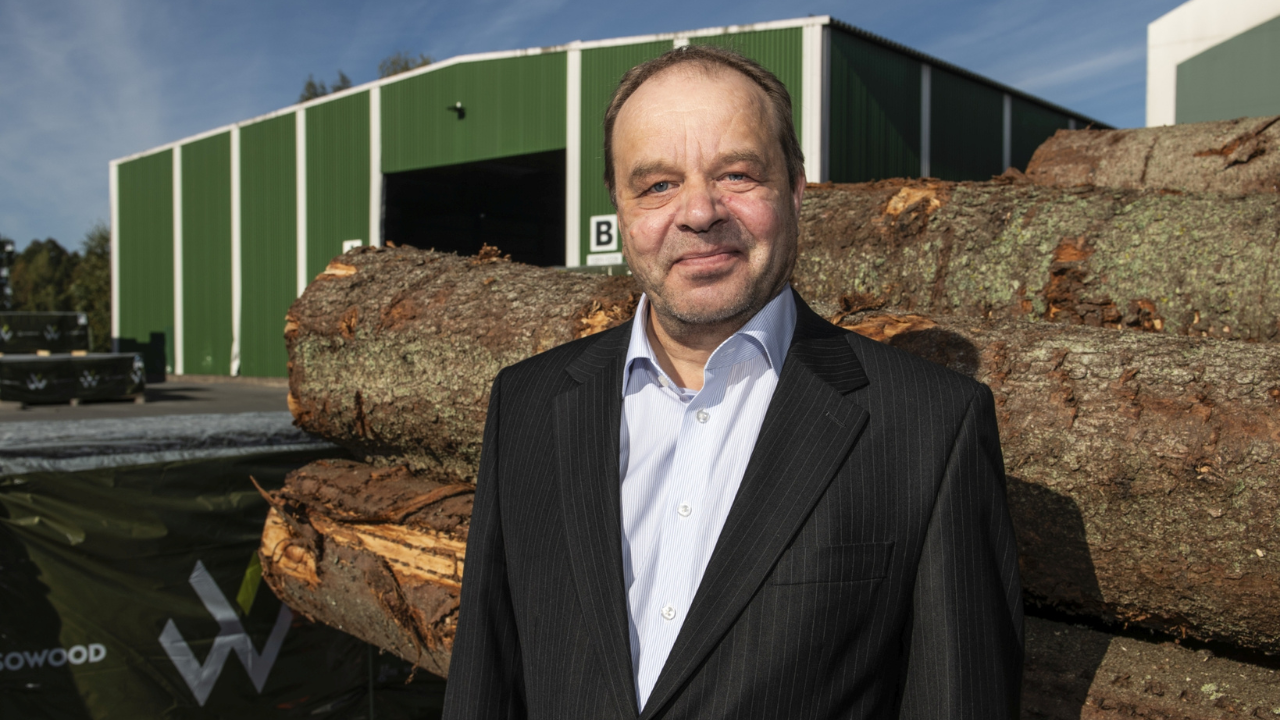Forests do not hold the solution to the climate crisis
This article was previously published in the Version 2_2024 magazine. You can access the digital edition here.
The discussion on carbon sinks is active as Finland considers achieving its climate targets. Ilkka Leinonen, Research Professor at the Natural Resources Institute Finland, considers the carbon sink-based approach to be ineffective and stresses that reducing fossil emissions is the most significant tool in the fight against climate change.
Carbon sinks were created globally over a hundred years ago when the earth’s ecosystems began to store CO2 emissions caused by industrialisation. In the past, there were no carbon sinks like today, as ecosystems at the global level were in balance for a long time and used all the carbon dioxide that was created as natural emissions for photosynthesis. The most significant reason for the formation of carbon sinks in Finland can be found in the 1950s and 1960s, when the number of trees increased as a result of extensive forest renewal measures.
"From the 1970s onwards, these trees were at the point of their growth when they began to bind and store significant amounts of carbon dioxide, and this is also when the carbon sinks of the Finnish forests were created," says Leinonen.
The peak of tree growth was reached a few years ago, which is the most significant single reason for the reduction in carbon sinks. The loss of ageing trees and felling have also reduced carbon sinks, but according to Leinonen, the situation would not be rectified by reducing felling, not even by a complete felling prohibition.
"Over time, growth continues to slow down and the natural death of trees accelerates, so failing to manage forests is not a decisive factor in achieving climate targets. On the contrary."
Due to global warming, soil emissions, particularly in peatlands, have increased to such an extent that they counteract the sinks created by trees. Leinonen mentions the restoration of peatlands as one way to increase carbon sinks, but notes that the process is too slow and generates more emissions in the early stages. If sinks were to be increased, fast-growing trees should be planted in unforested areas.
"Finland is already a very forested country, and there is not enough area to solve the problem. One temporary way would be to rejuvenate forests through felling."
Different types of carbon sinks
According to Leinonen, solutions should be sought elsewhere in place of natural carbon sinks. Bioenergy, which resembles nature’s own zero-sum game in terms of the carbon cycle, facilitates the transition away from fossil fuels, especially in Finland.
"As it grows, biomass binds more carbon dioxide. When it is eventually burnt, only the amount of carbon that has previously been captured by the mass is emitted. The role of bioenergy will grow as biomass is increasingly refined into alternatives to fossil fuels. Finland holds all the cards here; it’s just a question of whether we know how to play them right."
On the other hand, ready-made technological carbon sinks are wood construction and biochar, which store carbon removed from the atmosphere throughout their life cycle. For a wooden structure, this can mean up to hundreds of years.
"If wood construction could be increased, it would be one good climate action among others."
The capture and storage of bio-based carbon dioxide is also an option. The idea is to recover the carbon sequestered by the trees directly from the chimney of the factory, for example, and pump it into the seabed rock material for storage, whereby a carbon sink will be created.
"In Sweden and Denmark, they are already building technology to capture carbon dioxide. In the future, carbon dioxide captured from the top of a chimney can also be turned into fuels or other fossil-substitute materials," says Leinonen.
Forest owners take climate action
The discussion in Finland on climate change and climate targets, which is focused almost exclusively on forests and carbon sinks, is confusing to the expert – especially when the carbon sinks of forests are not permanent and cannot be used to solve the problem.
"After moving back to Finland, the discussion here was almost like a culture shock to me. Elsewhere, the focus is on emissions and their reduction. Abandoning fossil fuels is the most important and necessary climate action."
According to Leinonen, the 1.5-degree global warming target may soon be out of reach, but there is hope to stop climate change. With emissions reductions and technological carbon sinks, the target is still within reach, and forests offer a partial solution to the problem. He says that Finnish forest owners, who are often at the centre of the discussion, have done nothing wrong.
"Forest owners have already done a lot for the climate, and the work done in the forests has definitely not been for nothing. Healthy forests will continue to provide one way to combat climate change and the phenomena it causes, such as insect damage and forest fires. Forest owners also participate in climate action when they sell their logs to a sawmill industry company. The sawmill uses them to process long-term carbon-binding products and side stream bioenergy, which can be used to produce fossil-free electricity."

Ilkka Leinonen, Research Professor at the Natural Resources Institute Finland
